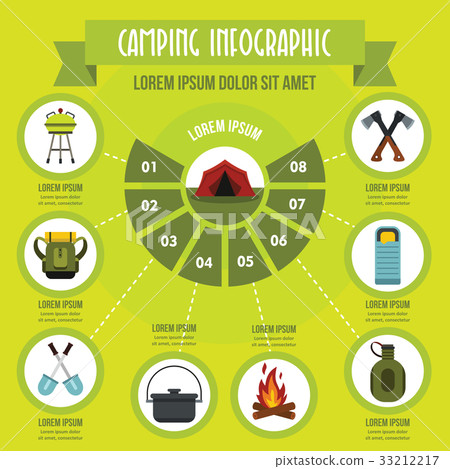Wintertime camping is an enjoyable and adventurous experience, yet it requires appropriate equipment to guarantee you remain warm. You'll need a close-fitting base layer to trap your temperature, in addition to an insulating jacket and a water resistant covering.
You'll additionally need snow stakes (or deadman supports) hidden in the snow. These can be connected making use of Bob's smart knot or a regular taut-line hitch.
Pitch Your Outdoor tents
Winter camping can be an enjoyable and adventurous experience. Nonetheless, it is necessary to have the appropriate equipment and understand just how to pitch your camping tent in snow. This will certainly avoid cold injuries like frostbite and hypothermia. It is also crucial to consume well and remain hydrated.
When establishing camp, ensure to select a site that is sheltered from the wind and devoid of avalanche danger. It is additionally an excellent idea to load down the location around your outdoor tents, as this will help in reducing sinking from temperature.
Before you set up your outdoor tents, dig pits with the same size as each of the support points (groundsheet rings and man lines) in the facility of the outdoor tents. Fill these pits with sand, rocks and even things sacks loaded with snow to compact and protect the ground. You might additionally want to take into consideration a dead-man anchor, which entails tying outdoor tents lines to sticks of wood that are buried in the snow.
Load Down the Location Around Your Tent
Although not a requirement in a lot of locations, snow risks (additionally called deadman supports) are an outstanding addition to your tent pitching kit when camping in deep or compressed snow. They are primarily sticks that are designed to be buried in the snow, where they will certainly ice up and create a strong anchor point. For ideal results, utilize a clover hitch knot on the top of the stick and hide it in a couple of inches of snow or sand.
Establish Your Tent
If you're camping in snow, it is an excellent idea to use a camping tent created for winter months backpacking. 3-season camping tents work fine if you are making camp listed below tree zone and not anticipating particularly harsh climate, but 4-season camping tents have tougher posts and fabrics and provide even more protection from wind and hefty snowfall.
Make certain to bring adequate insulation for your sleeping bag and a cozy, dry inflatable floor covering to sleep on. breathable fabric Blow up floor coverings are much warmer than foam and help avoid cool places in your camping tent. You can likewise add an added floor covering for resting or food preparation.
It's additionally an excellent idea to establish your camping tent near to a natural wind block, such as a group of trees. This will certainly make your camp extra comfy. If you can not locate a windbreak, you can create your very own by digging openings and burying items, such as rocks, tent risks, or "dead man" supports (old outdoor tents man lines) with a shovel.
Tie Down Your Tent
Snow stakes aren't essential if you make use of the ideal techniques to secure your camping tent. Buried sticks (perhaps gathered on your technique hike) and ski posts work well, as does some variation of a "deadman" buried in the snow. (The idea is to create a support that is so solid you won't be able to draw it up, despite a great deal of initiative.) Some suppliers make specialized dead-man anchors, however I favor the simpleness of a taut-line drawback tied to a stick and after that hidden in the snow.
Understand the terrain around your camp, especially if there is avalanche danger. A branch that falls on your camping tent can damage it or, at worst, hurt you. Also watch out for pitching your tent on a slope, which can catch wind and cause collapse. A sheltered location with a low ridge or hill is much better than a high gully.
